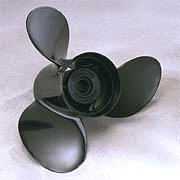 In order to keep your marine motor running smoothly and efficiently, it’s essential to perform a full-scale tune up at least once a year. This guide to annual tune ups is not intended to be an absolute authority on how to do your maintenance work but rather as a series of suggestions. As previously discussed, each individual outboard comes with a specialized maintenance schedule courtesy of the manufacturer. Adhere to that schedule first and foremost.
In order to keep your marine motor running smoothly and efficiently, it’s essential to perform a full-scale tune up at least once a year. This guide to annual tune ups is not intended to be an absolute authority on how to do your maintenance work but rather as a series of suggestions. As previously discussed, each individual outboard comes with a specialized maintenance schedule courtesy of the manufacturer. Adhere to that schedule first and foremost.
Just as you would with your daily or weekly maintenance routine, begin this one with a visual inspection – and not just a simple once-over, either. By scoping out potential motor issues and stumbling blocks ahead of time, you ensure that repairs can be made in a timely manner. Turn the motor off before commencing the inspection. Then remove the cowling so that the power head is visible.
Scanning from the propeller upward, check the motor’s vicinity for signs of leakage. If your boat has been in storage for any significant period of time, it’s possible that a leak exists without any visual clues; for example, the leaking fluids may have drained out of the motor and evaporated over that extended time. Remember that a bit of oil around the propeller and on the side of the gear housing is normal. Anything more than that – e.g. a large, dark slick of Evinrude oil running down the propeller, it could be time to consult a professional mechanic.
We’ll continue our visual inspection and begin to get our hands dirty in the next installment.
Did you like this? Share it:
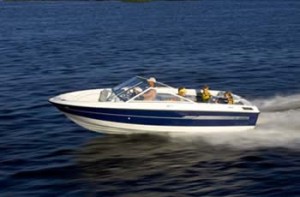


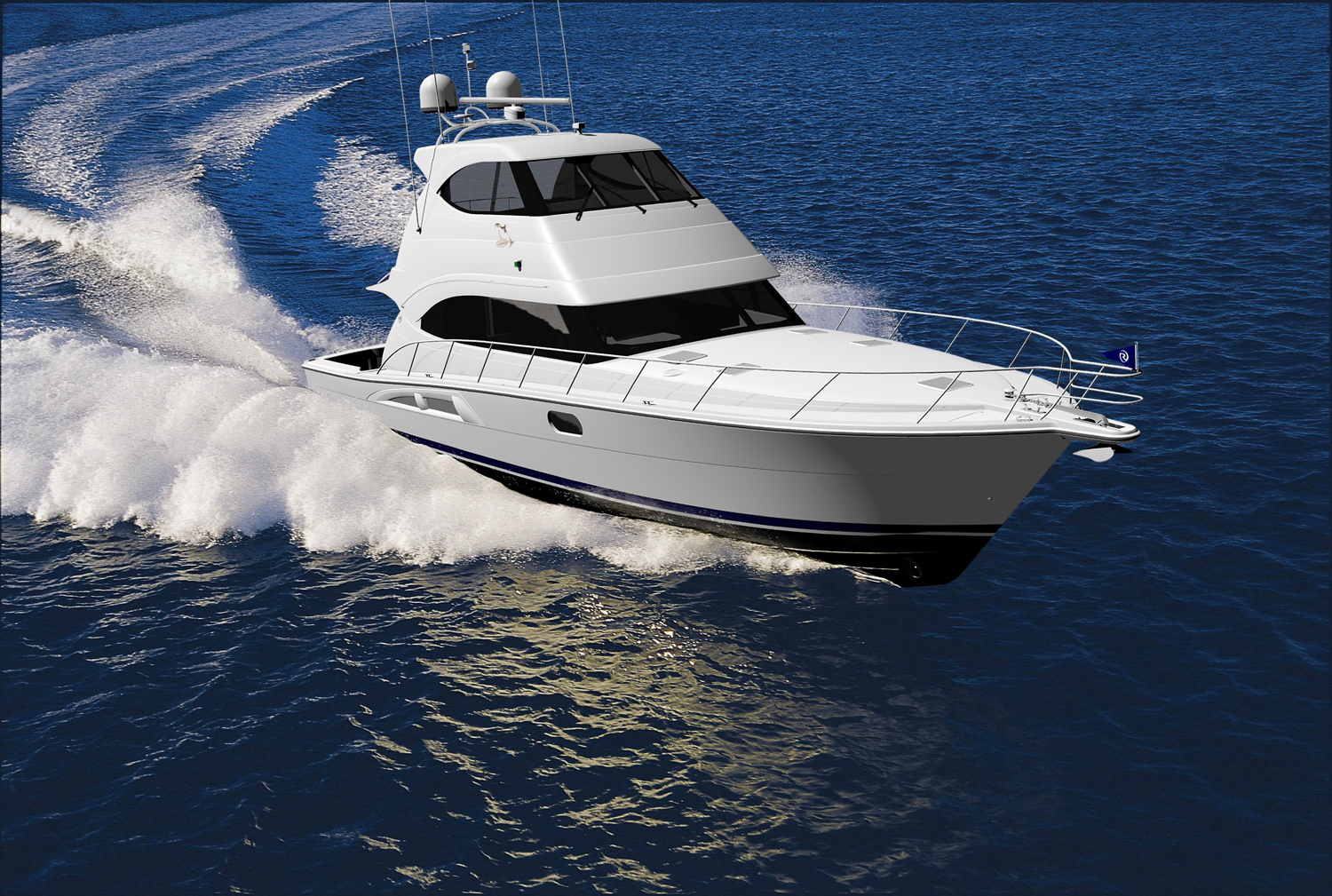
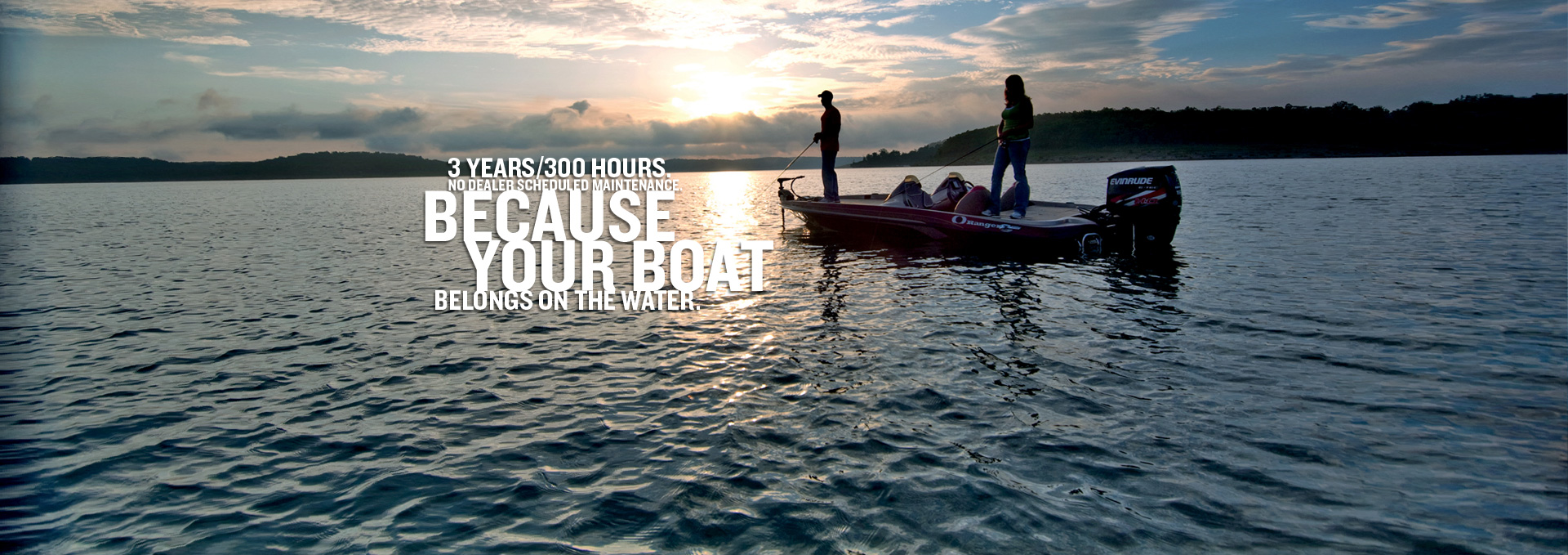
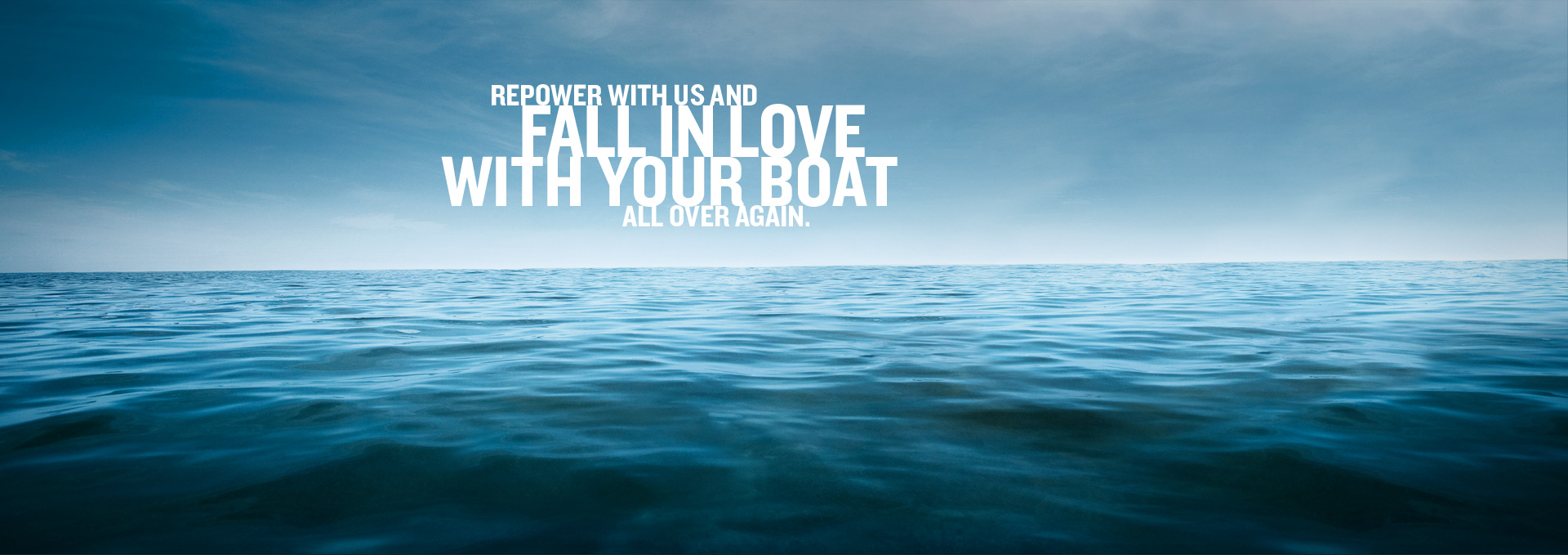
 Today we pick up right where we left off in our preseason snowmobile maintenance process: the visual inspection. Having checked for cracks in the hood, we now turn our attention to the upholstery. Seat covers may become nicked and scratched with use, and in some cases they might slip right off the mounting. These details might seem trivial or superficial, and it’s true that your snow machine can operate no matter the state of the seating. Now is a good time to shore up any aesthetic flaws, however. Try gluing a similar fabric underneath hole in the leather or synthetic seating.
Today we pick up right where we left off in our preseason snowmobile maintenance process: the visual inspection. Having checked for cracks in the hood, we now turn our attention to the upholstery. Seat covers may become nicked and scratched with use, and in some cases they might slip right off the mounting. These details might seem trivial or superficial, and it’s true that your snow machine can operate no matter the state of the seating. Now is a good time to shore up any aesthetic flaws, however. Try gluing a similar fabric underneath hole in the leather or synthetic seating.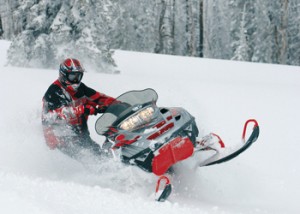 Now that November’s icy chill has replaced any thoughts of summertime fun, many outdoors enthusiasts are putting their boats away for winter. We’ve discussed proper winterization techniques in the past, but now it’s time to focus on an equally invigorating recreational pastime: snowmobiling. No matter your preferred outdoor pursuit, it’s important to conduct a preseason checkup.
Now that November’s icy chill has replaced any thoughts of summertime fun, many outdoors enthusiasts are putting their boats away for winter. We’ve discussed proper winterization techniques in the past, but now it’s time to focus on an equally invigorating recreational pastime: snowmobiling. No matter your preferred outdoor pursuit, it’s important to conduct a preseason checkup.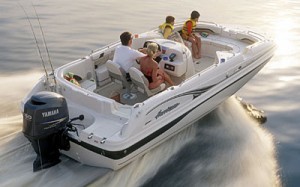
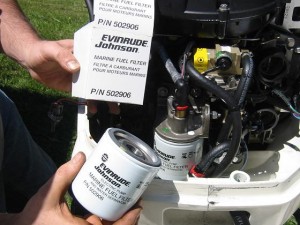 Today we present the fourth in our five-part series on annual outboard motor tune-ups. With any luck, this will have given you a better idea of how to go about conducting this yearly routine. As always, it’s critical to follow the maintenance guidelines provided by the outboard manufacturer above all else. Now, let’s move on to the fuel filter. This unit separates fuel from water, in effect allowing the motor to run smoothly and efficiently.
Today we present the fourth in our five-part series on annual outboard motor tune-ups. With any luck, this will have given you a better idea of how to go about conducting this yearly routine. As always, it’s critical to follow the maintenance guidelines provided by the outboard manufacturer above all else. Now, let’s move on to the fuel filter. This unit separates fuel from water, in effect allowing the motor to run smoothly and efficiently.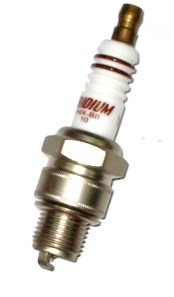 Before picking up where we left off yesterday – greasing a few of the moving parts of the throttle – let’s quickly review what’s been done so far. We began the annual full-scale outboard tune-up by looking closely at the propeller for serious signs of wear and tear. Next, we looked for visible leaks around the propeller’s base. We added new
Before picking up where we left off yesterday – greasing a few of the moving parts of the throttle – let’s quickly review what’s been done so far. We began the annual full-scale outboard tune-up by looking closely at the propeller for serious signs of wear and tear. Next, we looked for visible leaks around the propeller’s base. We added new 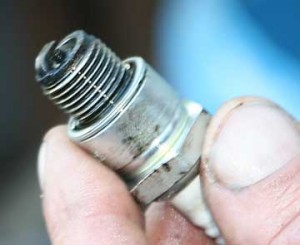
 In order to keep your marine motor running smoothly and efficiently, it’s essential to perform a full-scale tune up at least once a year. This guide to annual tune ups is not intended to be an absolute authority on how to do your maintenance work but rather as a series of suggestions. As previously discussed, each individual outboard comes with a specialized maintenance schedule courtesy of the manufacturer. Adhere to that schedule first and foremost.
In order to keep your marine motor running smoothly and efficiently, it’s essential to perform a full-scale tune up at least once a year. This guide to annual tune ups is not intended to be an absolute authority on how to do your maintenance work but rather as a series of suggestions. As previously discussed, each individual outboard comes with a specialized maintenance schedule courtesy of the manufacturer. Adhere to that schedule first and foremost.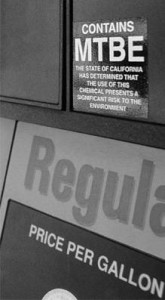 Several decades ago, when Congress granted the Environmental Protection Agency increased powers to regulate America’s air and water pollution, outboard motor manufacturers were forced to take notice. Inefficient 2-stroke engines had been the norm up to that point, and it was agreed that the outboard companies would either have to drop 2-strokes from their product lines entirely or find a way to make them more eco-friendly.
Several decades ago, when Congress granted the Environmental Protection Agency increased powers to regulate America’s air and water pollution, outboard motor manufacturers were forced to take notice. Inefficient 2-stroke engines had been the norm up to that point, and it was agreed that the outboard companies would either have to drop 2-strokes from their product lines entirely or find a way to make them more eco-friendly.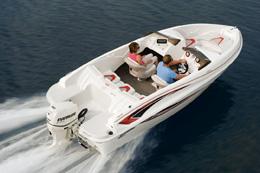 If you’re anything like me, your outboard-powered boat is your true pride and joy; it’s your portal to a quiet, early morning fishing session or to an adventure in uncharted waters. Since I don’t have much spare cash to spend on costly repairs and replacement parts, I make sure to put in the routine maintenance work when it really matters. If you take a few minutes to perform some checks before leaving the dock, you’ll thank yourself later.
If you’re anything like me, your outboard-powered boat is your true pride and joy; it’s your portal to a quiet, early morning fishing session or to an adventure in uncharted waters. Since I don’t have much spare cash to spend on costly repairs and replacement parts, I make sure to put in the routine maintenance work when it really matters. If you take a few minutes to perform some checks before leaving the dock, you’ll thank yourself later.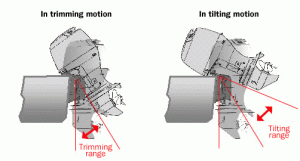
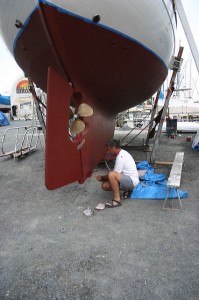 If you’ve ever taken a look at a tall ship or even a cruise liner, you may have noticed an element that most of those enormous boats have in common. Along the bow, the stern and the underside of the boat you’ll find barnacles and other saltwater mainstays. A shipwrecked vessel will attract even more barnacles than an active one. Needless to say, these crusty objects clinging to the underside of the craft do much to slow things down.
If you’ve ever taken a look at a tall ship or even a cruise liner, you may have noticed an element that most of those enormous boats have in common. Along the bow, the stern and the underside of the boat you’ll find barnacles and other saltwater mainstays. A shipwrecked vessel will attract even more barnacles than an active one. Needless to say, these crusty objects clinging to the underside of the craft do much to slow things down.